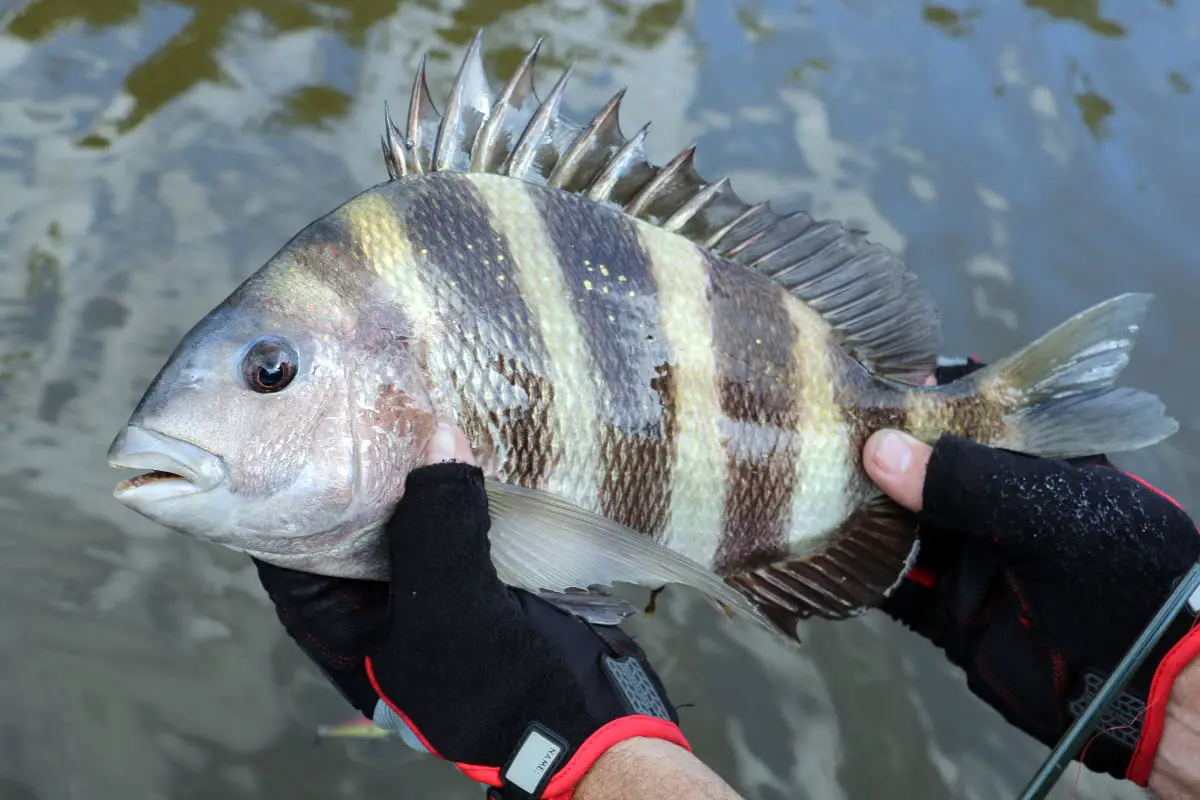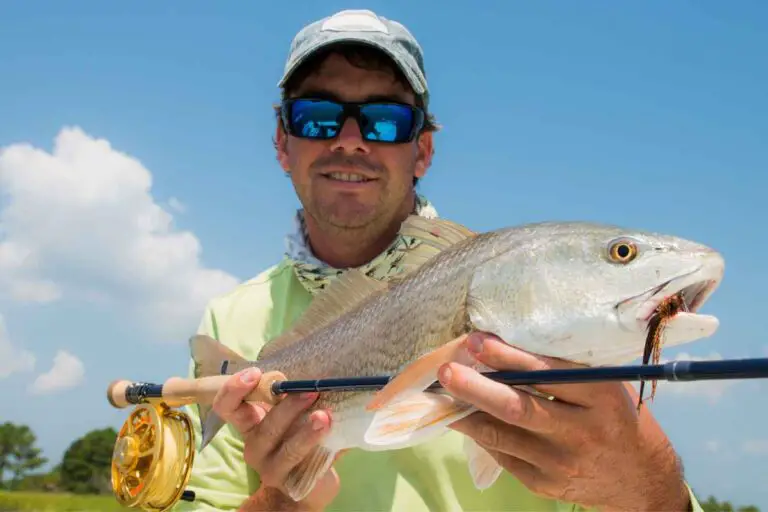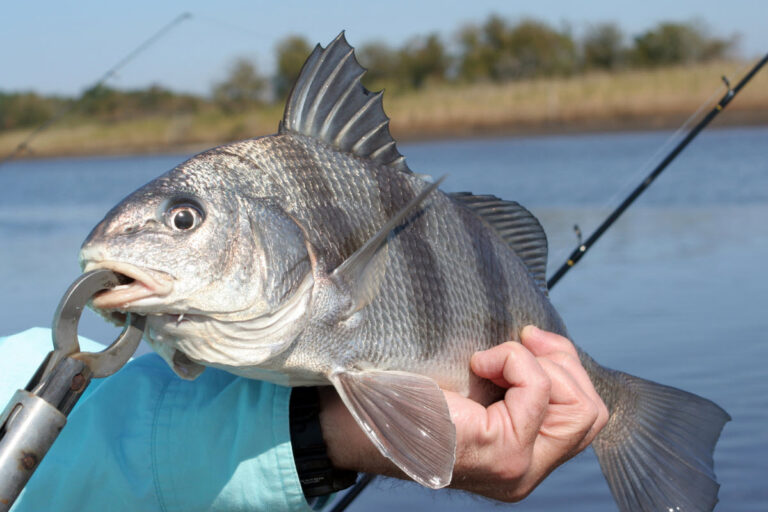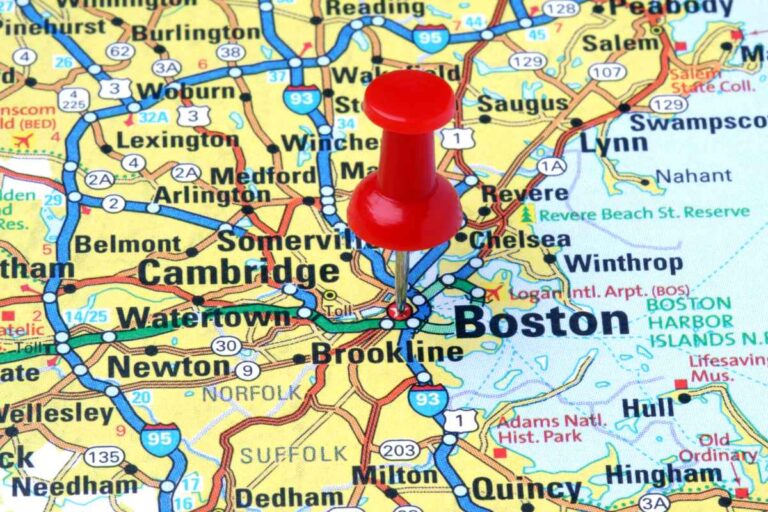Sheepshead Size Limit: What You Need to Know Before You Go Fishing
Estimated reading time: 8 minutes
Before you head out for a day of fishing, it’s crucial to understand the sheepshead size limit in your area to ensure that you’re following the rules and maintaining the sustainability of fish populations. Sheepshead size limit regulations can vary depending on your location, and it’s important to know what’s allowed before you cast your line. For instance, in Florida, the size limit is 12 inches, while in Texas, you’ll need to catch a sheepshead that’s at least 15 inches long. On the other hand, Louisiana shares the same 12-inch limit as Florida, but in Alabama, you can keep sheepshead that measures 14 inches long.
By understanding the sheepshead size limit, anglers can follow regulations and maintain healthy fish populations, ultimately leading to better fishing experiences. It also promotes responsible fishing and helps preserve the environment for future fishing opportunities.
Sheepshead Size Limit: What You Need to Know Before You Go Fishing
Before you head out for a day of fishing, it’s crucial to understand the sheepshead size limit in your area to ensure that you’re following the rules and maintaining the sustainability of fish populations. Sheepshead size limit regulations can vary depending on your location, and it’s important to know what’s allowed before you cast your line. For instance, in Florida, the size limit is 12 inches, while in Texas, you’ll need to catch a sheepshead that’s at least 15 inches long. On the other hand, Louisiana shares the same 12-inch limit as Florida, but in Alabama, you can keep sheepshead that measures 14 inches long.
By understanding the sheepshead size limit, anglers can follow regulations and maintain healthy fish populations, ultimately leading to better fishing experiences. It also promotes responsible fishing and helps preserve the environment for future fishing opportunities.
What is Sheepshead?
Sheepshead is a flat, disc-shaped fish that lives near the ocean floor and feeds on crustaceans. Common in the Atlantic Ocean, the Gulf of Mexico, and the Caribbean Sea, they have a distinct gray body with vertical black stripes.
Anglers enjoy catching them for their delicious taste, although they can grow up to 30 inches in length and weigh up to 20 pounds. Sheepshead live up to 20 years in the wild and are typically found near structures like piers, jetties, and reefs.
Why is There a Size Limit?
Many states enforce a size limit for sheepshead to protect the population and maintain sustainable fishing practices.
Slow-growing and taking up to five years to mature, too many small sheepshead harvested can significantly impact the overall population.
The size limit allows them to reach maturity and reproduce before being harvested, ensuring future generations can enjoy the sport and maintain a healthy population.
Regulations for Sheepshead Size Limit
Regulations are necessary to prevent overfishing of sheepshead, a popular recreational fish in Gulf and Atlantic State waters. The size limit is a crucial regulation that ensures the harvesting of only mature sheepshead while younger ones have the opportunity to grow and reproduce.
The minimum size limit for sheepshead in Florida is 12 inches, with a daily bag limit of 8 per person and a vessel limit of 50 per trip during March and April. These regulations apply to all sheepshead caught in Florida, including federal waters.
Texas has a minimum size limit of 15 inches and a daily bag limit of 5 per person for sheepshead. The possession limit is double the bag limit, and all saltwater species, including sheepshead, are subject to bag and length limits. Like all states, a Texas fishing license is required for fishing in state waters.
Before fishing for sheepshead, it is essential to check the fishing regulations for the specific state in which you plan to fish. This helps ensure compliance with rules and avoid any penalties or fines associated with violating the size limit regulations.
What Are The Sheepshead Limits?
Sheepshead is a popular fish among anglers, and it is important to know the regulations surrounding their catch. The size and bag limits vary by state, and it is crucial to follow them to ensure sustainable fishing practices.
This section will discuss the sheepshead size limit, daily bag limit, and daily possession limit.
What is the Size Limit?
Size limit refers to the minimum size of a fish that a person can legally harvest and possess.
What is the Daily Bag Limit?
The bag limit refers to the maximum number of fish people legally harvest daily.
What is the Daily Possession Limit?
The limit is how many fish anglers can possess, including their daily catch and any fish stored at home.
To protect fish populations and ensure sustainable fishing practices, bag and size limits can vary by species and location among different states. Anglers should check the regulations of their intended fishing location and species to ensure compliance with rules and avoid potential penalties or fines.
Comparison of Size Limit Regulations Among Different States
The regulations for sheepshead size limits vary across states. Check out the table below for a comparison of the size limit regulations for sheepshead in Texas, Florida, Louisiana, and other states:
| State | Size Limit | Bag Limit | Possession Limit |
|---|---|---|---|
| Alabama | 14 inches | 10 fish | 20 fish |
| Florida | 12 inches | 8 fish | 16 fish |
| Louisiana | 12 inches | 15 fish | 30 fish |
| Mississippi | 15 inches | 15 fish | 30 fish |
| Texas | 15 inches | 5 fish | 10 fish |
It’s worth noting that the size limits provided are for total length (TL), and the possession limit indicates the maximum number of fish an individual can have in their possession at any given time, including during transit or at sea.
What Is The Penalty For Violating The Size Limit?
Violating the sheepshead size limit regulations can result in penalties and fines. The Florida Fish and Wildlife Conservation Commission (FWC) warns that possessing undersized sheepshead can cost anywhere from $50 to $500 each, depending on the number of undersized fish in possession. Other states have similar fines.
Additionally, violating the possession limit for sheepshead can lead to other fines, and breaking size limit regulations for sheepshead can result in criminal charges, with fines of up to $5,000 and imprisonment for up to five years.
How To Measure Sheepshead
Properly measuring a sheepshead is essential to adhere to size limit regulations and avoid penalties for non-compliance. Sheepshead size compliance is determined by fork length (FL), rather than total length (TL).
Here are some tips to ensure that you are measuring sheepshead accurately:
- Hold the fish with its head facing away from you when measuring.
- Use a straight-edge measuring tool to get an accurate measurement of the FL.
- Measure from the tip of the nose to the fork in the tail to determine FL compliance.
- Avoid squishing or stretching the fish by measuring it on a flat surface.
- Check the specific regulations for sheepshead size limits in your state to ensure compliance.
Non-compliance with size limit regulations can result in significant penalties, so measuring the fish accurately is crucial.
Tips for Catching Sheepshead Within the Size Limit
Bait and Lures
Using the proper bait and hook size is essential due to their strong teeth to catch sheepshead within the size limit. Small hooks, such as a #1 to #2 hook size, are ideal, preventing the fish from stealing bait off the hook.
Crustaceans such as fiddler crabs, barnacles, and shrimp are popular bait options for catching sheepshead due to their preference. Live bait is also a good option to attract more fish. Mimicking the look and movement of crustaceans with jigs or soft plastics can also be effective when using lures.
Fishing Techniques
Proper fishing techniques are crucial for catching sheepshead within the size limit. Salt Strong recommends using a Carolina rig with a #1 hook for sheepshead fishing to position the bait near the bottom where these fish typically reside. Additionally, going smaller on hooks can improve your chances of a successful catch.
When fishing for sheepshead, it’s crucial to consider the tide and current, as these fish tend to gather near structures like pilings and docks. Chumming the area with crushed oysters or crabs before fishing can also be effective in attracting more sheepshead to your line.
Maintaining a steady tension on the line is essential when reeling in a sheepshead to avoid breaking the line due to their strong teeth. It’s important to avoid jerking the line excessively and exercise patience to reel in the fish successfully within the size limit.
Frequently Asked Questions
According to Coastal Review, the minimum size limit for sheepshead is 10 inches total length.
There is no maximum size limit for sheepshead, but the bag limit is 8 per person per day in Florida waters, according to FWC.
According to the Division of Marine Fisheries, total length is measured along the midline from the tip of the compressed tail to the tip of the snout. Sheepshead are common at around 30 inches and 5 to 15 pounds, as stated by NC DEQ.
Black drum and sheepshead are distinct saltwater fish. Sheepshead have a sleek body and 5-6 vertical bars on their sides, while Black Drum are bulkier with 3-4 bars. Sheepshead also have smaller mouths than Black Drum.
Conclusion
Anglers are drawn to sheepshead for its tasty meat and challenging nature, making it a popular catch. However, the sheepshead size limit varies by state and may be subject to change, necessitating anglers to remain current with regulations to avoid penalties and protect the fish population.
To ensure compliance with the latest regulations, anglers should consult their state’s Division of Marine Fisheries or Wildlife Resources, as size and possession limits may change over time. By adhering to these regulations, anglers can help maintain a healthy and sustainable sheepshead population for future generations.







